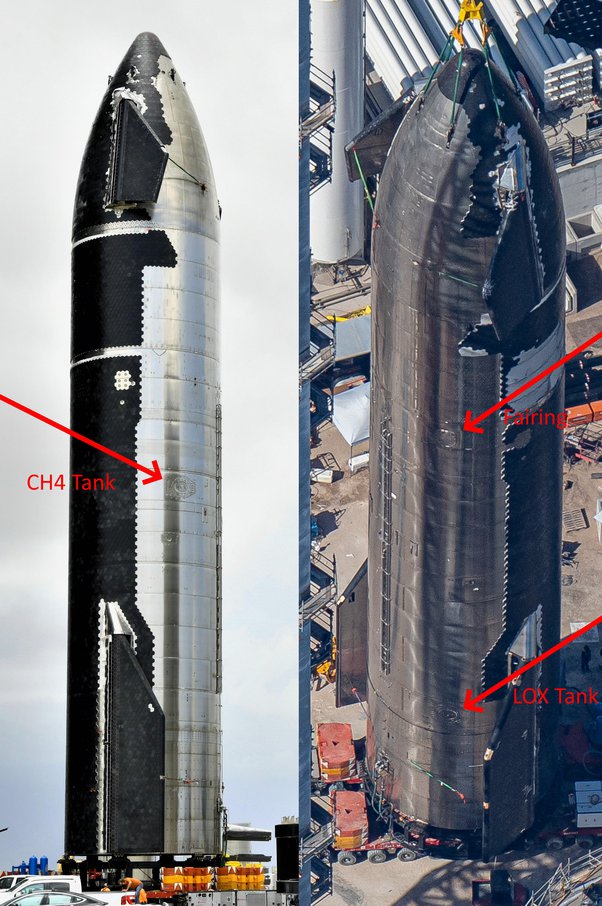Touchdown Triumph: How Vertical Starship Landings Revolutionize Space Mission Efficiency

How does vertical Starship descent landing impact the overall efficiency of space missions?
SpaceX's Starship, a colossal spaceship aiming for Mars and beyond, promises a paradigm shift in space travel. A key aspect of this revolution is its unorthodox landing style: a fiery descent and vertical touchdown, defying the traditional horizontal runway approach. But is this audacious maneuver merely a flashy trick, or does it hold the key to unlocking new levels of space mission efficiency?
Advertisement
Fueling the Efficiency Flame: The Benefits of Vertical Landings
Advertisement
Compared to traditional horizontal landings, Starship's vertical descent offers several efficiency-boosting advantages:
- Reduced Propellant Requirements: By directly targeting the launch pad, Starship avoids the fuel-guzzling energy needed for horizontal maneuvering and glides onto the landing pad, saving precious propellant for future missions.
- Simplified Infrastructure: Horizontal landings necessitate extensive runways, while vertical landings require only a designated landing pad. This eliminates the need for vast stretches of land and streamlines infrastructure needs, lowering costs and increasing mission flexibility.
- Faster Turnaround Times: Quick vertical descents and touchdowns allow for quicker reusability of the booster stage, enabling more frequent mission launches and accelerating overall mission tempo.
- Enhanced Mission Flexibility: Vertical landings are not limited to specific landing site orientations, unlike horizontal approaches. This opens up more mission possibilities, including landing on celestial bodies with varied terrain and gravitational conditions.
Advertisement
Precision with a Fiery Touch: The Challenges of Vertical Landings
While the efficiency gains are undeniable, mastering vertical landings is no mean feat. Challenges include:
- High-Precision Maneuvering: The final descent requires pinpoint accuracy to land safely on the designated pad. Slight miscalculations can lead to catastrophic consequences.
- Heat Management: The fiery re-entry generates immense heat, demanding robust heat shielding and thermal management systems to protect the spacecraft and landing infrastructure.
- Weather Vulnerability: Crosswinds and other adverse weather conditions can significantly impact the descent trajectory and stability, necessitating careful weather monitoring and launch scheduling.
Beyond Efficiency: A Broader Impact on Space Exploration
Advertisement
The efficiency gains from vertical landings extend beyond mere cost savings. They ripple through the entire space exploration landscape:
- Enabling Deep Space Exploration: By maximizing propellant reserves, vertical landings pave the way for missions to distant destinations like Mars and beyond, pushing the boundaries of human exploration.
- Supporting Sustainable Spacefaring: Reusability fostered by efficient landings leads to a more sustainable space industry, reducing reliance on disposable rockets and minimizing environmental impact.
- Revolutionizing Space Economy: Faster turnaround times and lower costs open doors for a burgeoning space economy, enabling ventures like space tourism and resource extraction.
From Fiery Descent to Efficient Ascent: The Future of Spaceflight
Advertisement